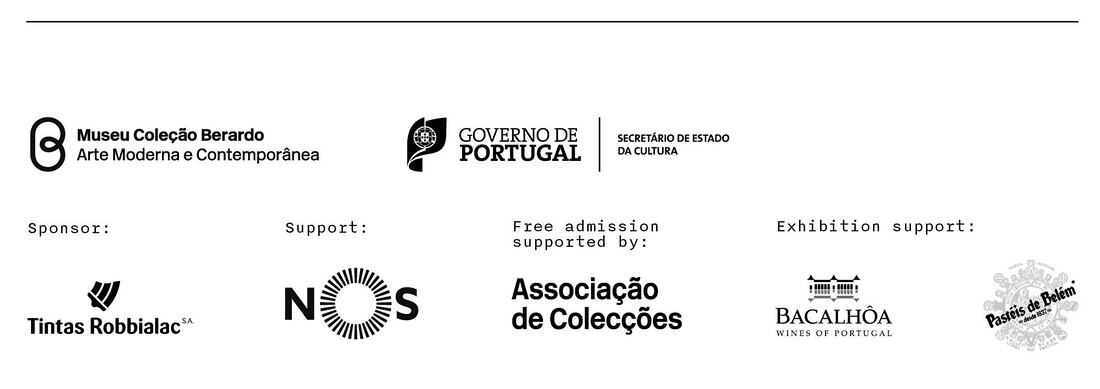Interregnum
October 21, 2015–February 14, 2016
Praça do Império
1449-003 Lisbon
Portugal
The exhibition Interregnum brings together three recent works by Stan Douglas, all dealing with the same historical period, in which different aspirations of universalist and multicultural transformation of the world order emerge. Portugal’s recent history, with the revolution of April 25, 1974 and the end of colonialism is present in these works, that also explore other cultural events, such as the emergence of jazz-rock, funk, disco and afrobeat. What all these distinct realities share is the emergence of a project of political and multicultural emancipation, much desired but upon which new power configurations were overlaid.
In 2008, Stan Douglas was invited to make a new work linked to Lisbon. The adaptation of the plot of Joseph Conrad’s novella The Secret Agent, where police and political matters intersect, to the time just following upon the Revolution of April 25, 1974 in Portugal, was the historical context chosen for his new work. The Secret Agent was filmed in Lisbon in February and March 2015. The year 1975 constituted, for Portuguese society, a moment that stood outside the axes of history itself, which was still immersed in the Cold War, with its geopolitical borders well defined. Many conjectures about the course of a revolution were then at play, both within Portugal and outside the country. It is around this suspension of historical conditions launched by the carnation revolution, as it was called, and the subsequent attempts at appropriating that moment of transformation and suspension, that the plot of Douglas’s film explores, in order to probe the parameters of political aspiration and invite us to think a future polity. This is a feature-length film, presented on six screens, composing a cinematic installation.
In Disco Angola two apparently distinct series of photographs are linked by the fictional personality of a North American reporter exploring the emerging world current affairs in New York and who is called to go and report from Angola. Thus, one of these series of photographs deals with the emergence of disco sound in New York, as a moment of fusion of various distinct cultures, giving voice to a multicultural utopia that will soon turn into pure commerce; while the other series of photographs witnesses the demise of Portuguese colonialism in Angola and the outbreak of civil war there, orchestrated by the Cold War powers that have infiltrated through the various liberation movements, putting paid to all other aspirations. In the intertwining of these two series, we are party to the suspension and affirmation of a new global order.
Luanda-Kinshasa consists of a video projection showing a jazz-rock-funk fusion and afrobeat band recording at the famous Columbia Records studio in New York, known as The Church. This takes place at the beginning of the 1970s, when Miles Davis—whose shadow hovers persistently over this music—launched the fusion of new musical idioms, such as electronic, rock or funk, with jazz. The music that these musician-actors play seems to grant continuity to this project and to add new fusions, whose principle point of reference is the afrobeat of Manu Dibango. However, these did not actually take place with Miles Davis present, although this might have been possible, bolstered by the project of growing universalism that animated his musical quest and that of Dibango. The band plays two pieces of music and each time these are repeated in the video, the order of the filmic and musical segments is randomly combined, so that it is the computerised device itself that presents the film, taking part in the musical composition in a random and free way, just as it was the aim of jazz to do at this time, participating, as it did, in the utopia of a universalist dialogue.
A book entitled History and Interregnum. Three Works by Stan Douglas, by Pedro Lapa, with 212 pages, 122 images, soft cover is published in partnership with Archive Books.


